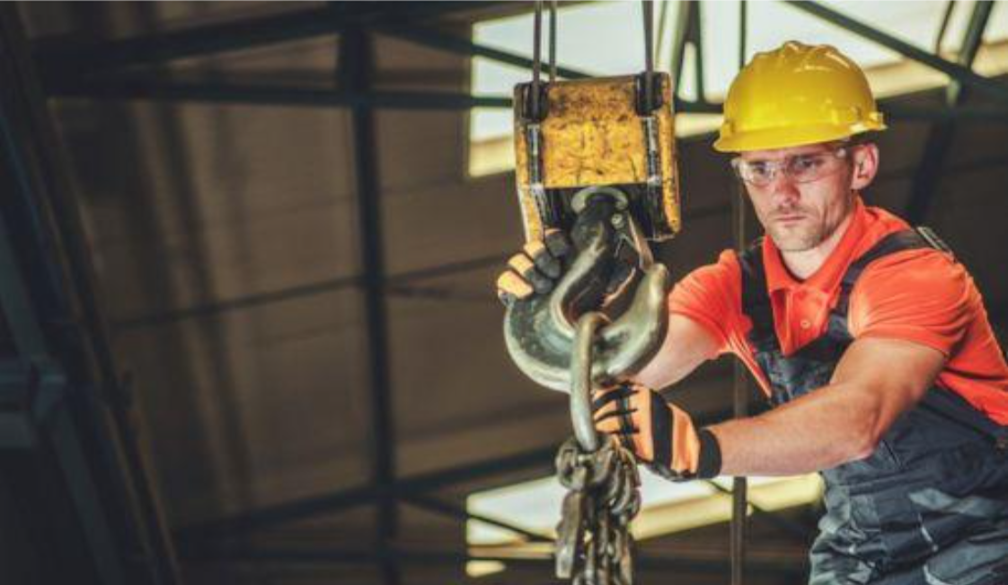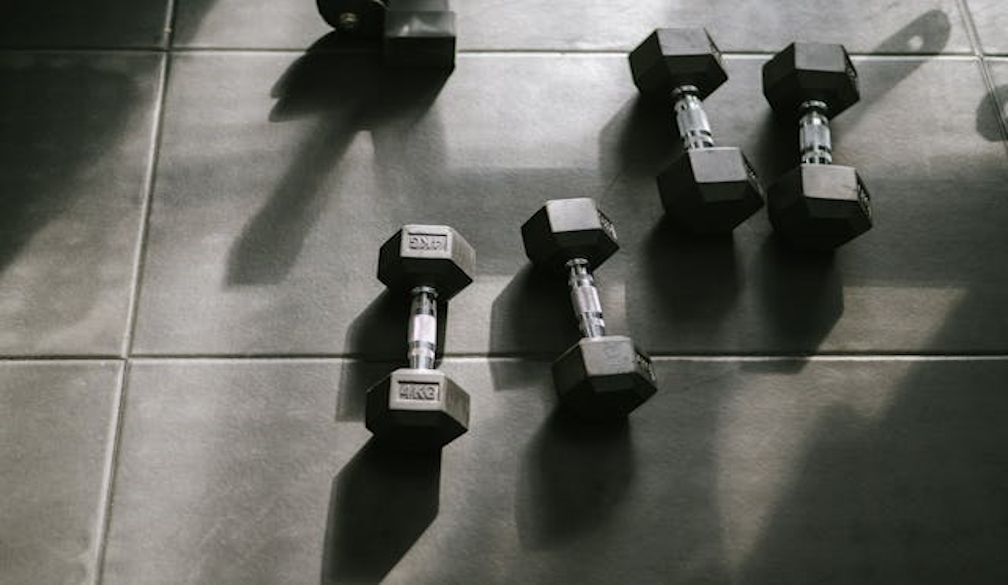Location and voice technology are the future of retail
- Written by Gary Mortimer, Associate Professor in Marketing and International Business, Queensland University of Technology

Retailers, struggling to connect with their customers, have been trialling new technologies to blend in-store and digital experiences.
Interactive kiosks, mobile-friendly websites and transactional apps have become the norm.
But shoppers are looking for deeper connections. If mobile is the glue connecting digital and physical retail, then location and voice technology are the bedrock of meaningful shopping experiences of the future.
How technology has shaped shopping
Historically, the first three rules of retail were always – “location, location, location”. Consultants pulled out that catch phrase at every opportunity, telling retailers that the only way to succeed was to secure the best spot.
Then the internet happened, which facilitated the growth of online shopping. Retailers soon realised that customers could reach them online, no matter where they were located.
By 2010, stores like Target and David Jones moved to set up their online platform, positioning themselves as a true “multi-channel retailer”, despite offering only about 1,500 products online.
Read more: Amazon drives a fifth city-shaping retail revolution
Since retailers initially operated their online and physical stores as separate entities, customer demand for a seamless shopping experience across all channels and touch points was not being met.
By 2015, terms like “seamless experience” and “omni-channel” emerged in retail boardrooms. An omni-channel strategy enabled retailers to offer a consistent experience, brand message and transactional functionality to their customers across all platforms: online, social media, mobile and in-store.
One way retailers moved toward blending their channels was by adapting their websites to be mobile-friendly, but even that is not enough to keep customers engaged.
Going mobile, going social
After decades of collecting consumer data, retailers know who their customers are, but not where they are. Customers are mobile. They are at work, at the gym, on public transport and sometimes shopping. But most have one thing in common – they have a smartphone.
In Australia, smartphone ownership sits at 88%, and purchases made via mobile phones have risen by 25% in 2017. In the United States it is predicted that almost half of all online shopping will be made via mobiles – m-commerce – by 2020.
While physical retailers have attempted to leverage this trend by blending a variety of technologies with their in-store offer, such as mobile-POS (point of sale) terminals, non-retailers – most notably Instagram – are providing innovative solutions for retailers.
Read more: Aussie retailers need to adapt to a world built on speed
In mid-March the social media site launched “shop-able” posts that allow retailers to tag items posted on Instagram with product, pricing information and a link to their online stores for purchase.
Given that Instagram is the third most popular social media site in Australia (with around 9 million active users per month), and 81% of Australians use their smart phones to access social media, this move seems a natural progression for retailers.
Back to the future: location
After many decades of strategic to-and-froing, retailers have refocused their attention on location – but not their location, your location.
Micro-location technology enables retailers to know where you are – and this technology will change the nature of the relationship between retailers and consumers. International retailers, such as Macys and IKEA, have been using this technology since 2014.
Last month it finally arrived on our shores, with Australian liquor retailer Dan Murphy’s. The Dan Murphy’s App is now able to send customers a push notification to tell them their order is ready, but also alert the store when the customer is within 400 metres.
As speed becomes the new currency for retailers, this technology is more about saving shoppers time, than tracking where they go – although that data is also very valuable.
Retailers are listening
The growth of smart digital home assistants such as Amazon’s Alexa, Google Home and Apple’s Home Pod will also influence the way many of us shop in the future.
Mobile searches for “where can I buy” grew 85% over the past two years. Meanwhile, 44% of those who use a voice-activated speaker, said they use the device to purchase groceries and household items at least once a week.
To take advantage of this trend, Google last month launched “Shopping Actions” – an initiative that lets users make purchases via voice using Google Assistant, or by clicking on shopping ads in Google search results.
Read more: Why retailers want you to 'click and collect'
Google had already partnered with Wal-Mart, to offer voice shopping to customers. Investment by the world’s biggest retailer and the world’s biggest search engine, suggests this technology will provide significant opportunities for retailers to integrate the data from voice assistants into their omni-channel offering.
The blending of retail technology
While we are not going to stop wandering through our shopping centres anytime soon, our desire for a seamless digital and in-store experience will be satisfied by blending mobile, micro-location and voice technologies.
As we leave home in the morning, we might simply tell our digital home-assistant to order some groceries and two bottles of wine. While scanning social media posts on the way to work, we could tap on an image of Jennifer Hawkins and immediately purchase the t-shirt she is wearing. During the day, push notifications will let us know our purchases have been picked and transactions safely processed. Waiting for our train home, we’ll be reminded to stop in and collect our purchases. As we approach the store, a team member will be notified and will meet us at the “click n’ collect” area, goods in hand.
As retailers increasingly integrate location technology into their offerings, the future of shopping is set to become ultra-convenient.
Authors: Gary Mortimer, Associate Professor in Marketing and International Business, Queensland University of Technology
Read more http://theconversation.com/location-and-voice-technology-are-the-future-of-retail-94117



















